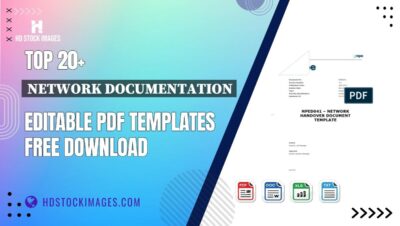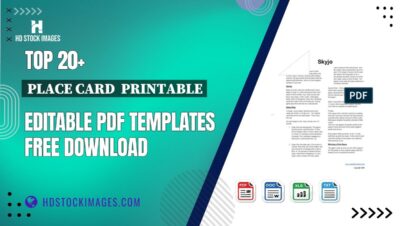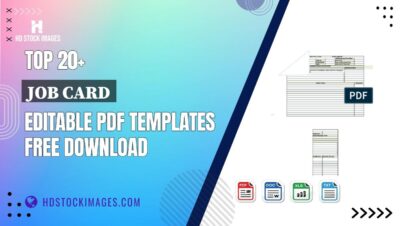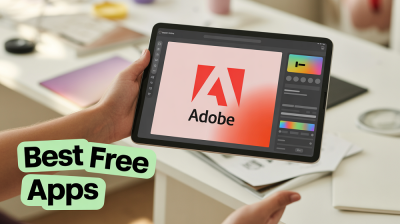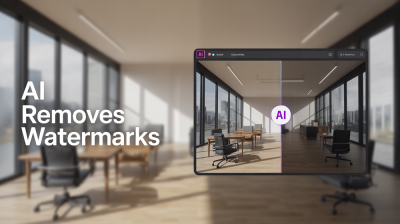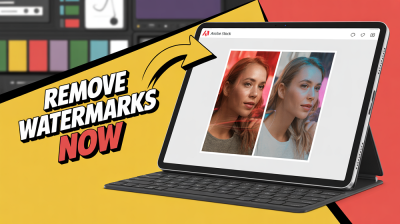I’ve been using Canva for years now, ever since I started dabbling in content creation for my little side hustle blog. It’s like a playground for anyone who loves messing around with visuals, isn’t it? But there’s this one thing that always gets me: those pesky watermarks on premium designs and the worry about whether my graphics will look crisp enough for a client’s flyer or an Instagram post. That’s where Canva Template Downloaders come into play. These tools promise sharp, Watermark-Free graphics without me having to shell out for a Pro account every month. But do they really deliver? Let me walk you through my own journey with these tools, sprinkle in some lessons I’ve learned, and break down how they pull off High-Quality downloads.
What Exactly Are Canva Template Downloaders?
So, what are these downloaders anyway? They’re third-party tools, sometimes browser extensions, sometimes websites, that let you grab your Canva designs in top-notch quality without that annoying “Made with Canva” watermark. I stumbled across them when I was scrambling to finish a poster for a local charity event on a super tight budget. Canva’s free version is awesome, but those premium elements? They come with a catch unless you pay up. These downloaders claim to bypass that, which sounds amazing, right? But I’ve had my share of hits and misses with them.
Also Read This: How Can I Edit a JPEG Image to Improve Quality and Composition
Why High-Quality and Watermark-Free Is a Big Deal
Let’s talk about why this even matters. A blurry graphic or one with a watermark plastered across it just doesn’t cut it when you’re trying to look legit. I remember working on a logo for a friend’s bakery, pouring my heart into it, only to download it and see that big ol’ watermark staring back at me. Total buzzkill! High-Quality graphics mean your designs stay sharp, whether they’re on a printed banner or a tiny phone screen. And Watermark-Free? That’s what makes your work look like it came from a pro, not a free trial.
Here’s why I think these two things are non-negotiable:
Sharpness: High-Quality files, like 300 DPI for print, keep your designs crystal clear, no matter how big they’re blown up.
Polished Look: Watermarks scream “I didn’t pay for this,” which isn’t the vibe you want for client work.
Flexibility: Watermark-Free, High-Quality files let you use your designs anywhere without restrictions.
Also Read This: Unlocking International Opportunities on Adobe Stock: Expanding Your Reach Beyond Borders
How Do These Downloaders Actually Work?
Okay, let’s get into the juicy stuff. How do these tools manage to give you pristine, Watermark-Free graphics? I’ve played around with a few, and here’s what I’ve figured out:
Browser Extensions: These are my favorite because they’re so easy. You install one, hop onto Canva, make your design, and click to download it in High-Quality without a watermark. I used one for a flyer last year, and it was smooth sailing, but I did wonder, “Is this thing spying on my Canva account?” It’s a little nerve-wracking.
Third-Party Sites: You copy your Canva design’s shareable link, paste it into their website, and they spit out a Watermark-Free file. I tried this for a quick Instagram post, but the colors came out kinda dull. Ever had a download look weird like that?
Premium Workarounds: Some services say they use Canva Pro accounts to download your designs for you. You send them the link, and they handle the rest. I haven’t gone down this road myself it feels a bit too sketchy for my taste.
Here’s a table summing up my experiences with these methods:
Method | How Easy Is It? | Quality | Safety Worries | Cost |
|---|---|---|---|---|
Browser Extensions | Super Simple | Great | Some Risk | Free/Cheap |
Third-Party Websites | Okay, Not Bad | Decent | Risky | Free/Paid |
Premium Workarounds | A Bit Tricky | Top-Notch | Very Risky | Paid |
Also Read This: How to Center a Header Image in HTML
Making Sure You Get High-Quality Graphics
So, how do these tools ensure your graphics aren’t blurry messes? It’s hit or miss, honestly. I’ve had some downloads come out perfect and others that made me want to chuck my laptop out the window. For example, I was working on a menu for a café, and the first downloader I tried gave me a pixelated PNG that looked like it was from 2005. I switched to a better tool, and the difference was night and day.
Here’s what I’ve noticed about getting High-Quality results:
Grabbing the Source: The best downloaders pull the original, High-Quality files straight from Canva’s servers, not some cheap screenshot.
File Format Matters: Stick to PNG or PDF for the best clarity. JPGs can get compressed and lose that crisp edge. I learned this after a blurry banner disaster.
No Fake Upscaling: Some tools try to upscale low-res images, which just makes them fuzzy. Always zoom in to check the quality before using it for anything important.
I’ll never forget the time I designed a wedding invite for my sister. The first download was so grainy, I thought I’d ruined her big day! I found a better extension, and the final version was so sharp it made her tear up. Quality is everything.
Also Read This: Perfect Dimensions for LinkedIn Banner Images
Ditching Those Watermarks
Watermarks are the worst, aren’t they? Canva sticks them on premium elements, and unless you’re on a Pro plan, you’re stuck. Downloaders have some clever ways around this, though. Here’s what I’ve seen:
Faking Premium Access: Some tools act like they’re a Pro account, tricking Canva into letting you download without the watermark. It works, but it feels a little wrong, you know?
Stripping Layers: Others remove the watermark layer during the download process. I tried this for a client’s brochure, and it was clean, but I kept thinking, “Am I gonna get in trouble for this?”
Image Editing: Some use algorithms to erase watermarks, but this can mess up your design. I had one download where the watermark was gone, but there was this weird blank spot in its place. Not cool.
The downside? Watermark removal isn’t always flawless. I’ve had downloads where the text got smudged or the colors shifted slightly. Always double-check the output.
Also Read This: How to Move an Image Forward for Better Layering
Are These Tools Safe? Ethical? Legal?
Here’s where things get murky. When I first started using downloaders, I was just thrilled to get free graphics. But after a website asked for my Canva login (huge red flag!), I started questioning things. Are these tools safe? Are they even okay to use?
Here’s my take after some trial and error:
Safety: Some downloaders, especially random websites, can be risky. I’ve heard horror stories about malware, and I had a close call myself with a sketchy site. Stick to tools with good reviews.
Ethics: Bypassing Canva’s paywall feels like cheating sometimes. I used a downloader for a client project once and felt guilty, like I was shortchanging Canva’s hard work.
Legality: Technically, using these tools could break Canva’s terms of service. I haven’t heard of anyone getting sued, but it’s something to keep in mind.
My advice? If you’re a casual user, maybe just pay for Canva Pro if you can. It’s safer and supports the platform. But if you’re strapped for cash like I often am, be super picky about which downloader you use.
Also Read This: How to Crop an Image for Crafts
Tips for Picking a Solid Canva Template Downloader
After my fair share of flops, I’ve got some tips for choosing a good downloader:
Read Reviews: Check what other users say on sites like Reddit or Trustpilot. I skipped this once and regretted it.
Test the Quality: Download a sample and zoom in. If it’s blurry, move on.
No Logins: Avoid tools that want your Canva password. A design link should be enough.
Stay Updated: Canva changes its system sometimes, so use a tool that’s kept up-to-date.
Also Read This: Labeling a Gel Electrophoresis Image
My Personal Workflow
Here’s how I make these downloaders work for me:
Create in Canva: I design my graphic, sticking to free elements when I can to avoid watermark drama.
Pick a Tool: I use a browser extension I trust after checking reviews.
Check the Download: I open the file and make sure it’s sharp. If it’s not, I try another tool.
Plan B: If things go south, I export a low-res version from Canva and tweak it in GIMP. It’s a hassle, but it saves the day.
Wrapping It Up
Canva Template Downloaders can be a godsend when you need High-Quality, Watermark-Free graphics on a budget. I’ve relied on them for everything from blog headers to client projects, but they’re not perfect. Some are risky, some feel a bit unethical, and others just don’t deliver the quality you need. My advice? Be cautious, test everything, and maybe consider Canva Pro if you’re a heavy user. What’s your experience with these tools? Got any favorites or horror stories? I’m all ears!
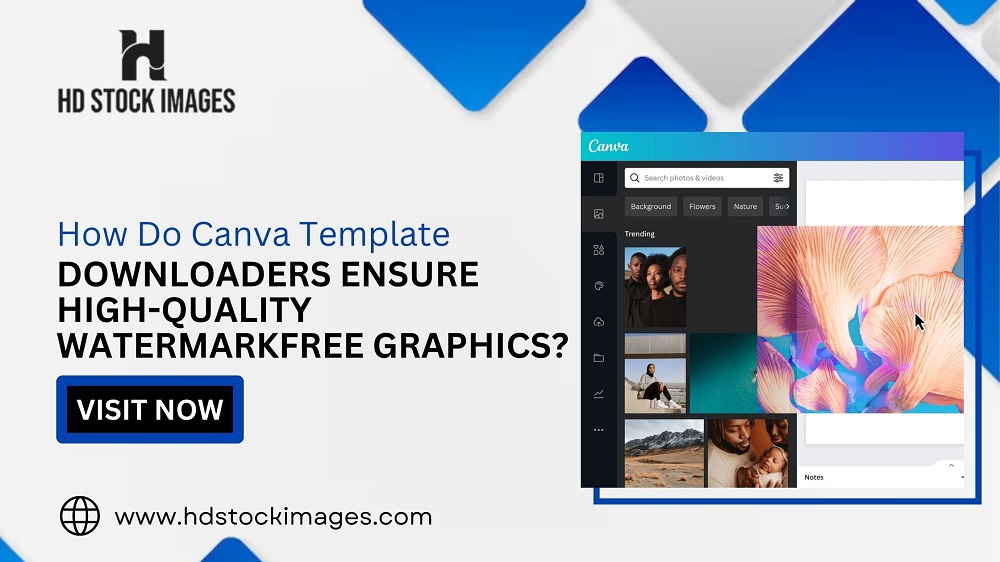
 admin
admin